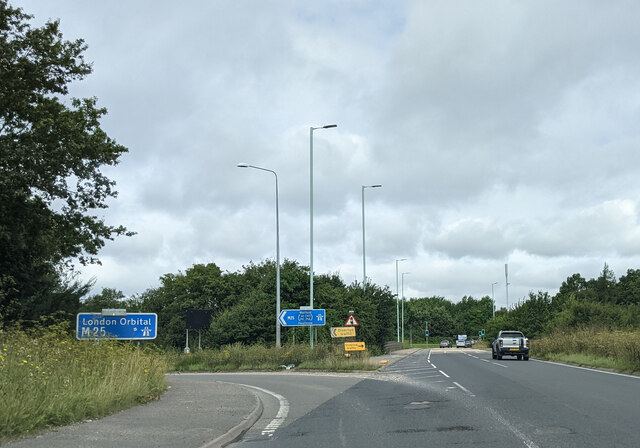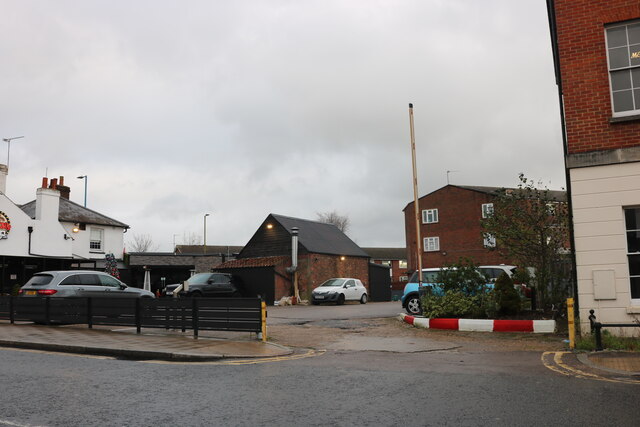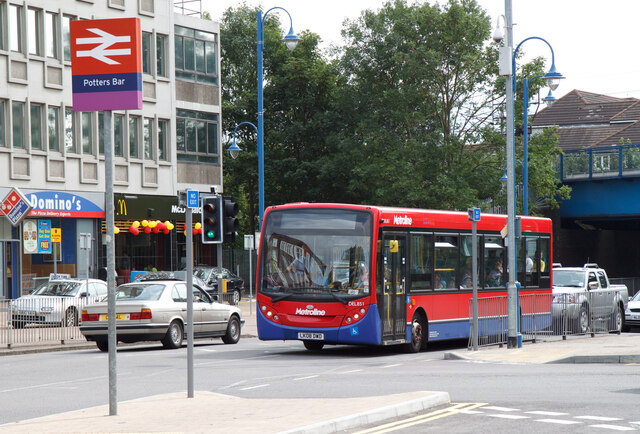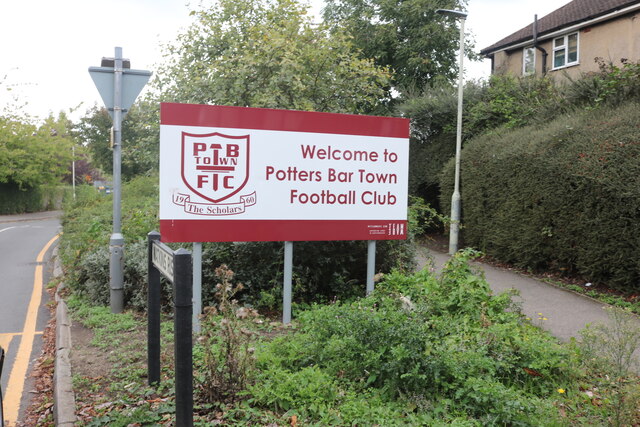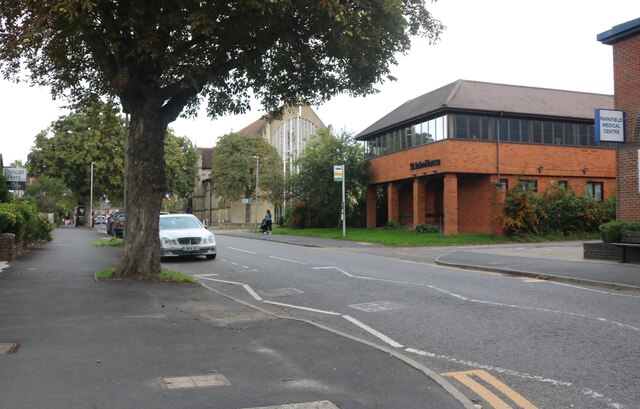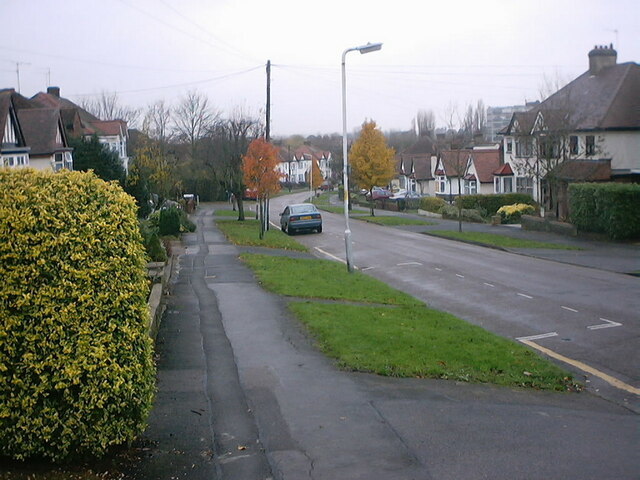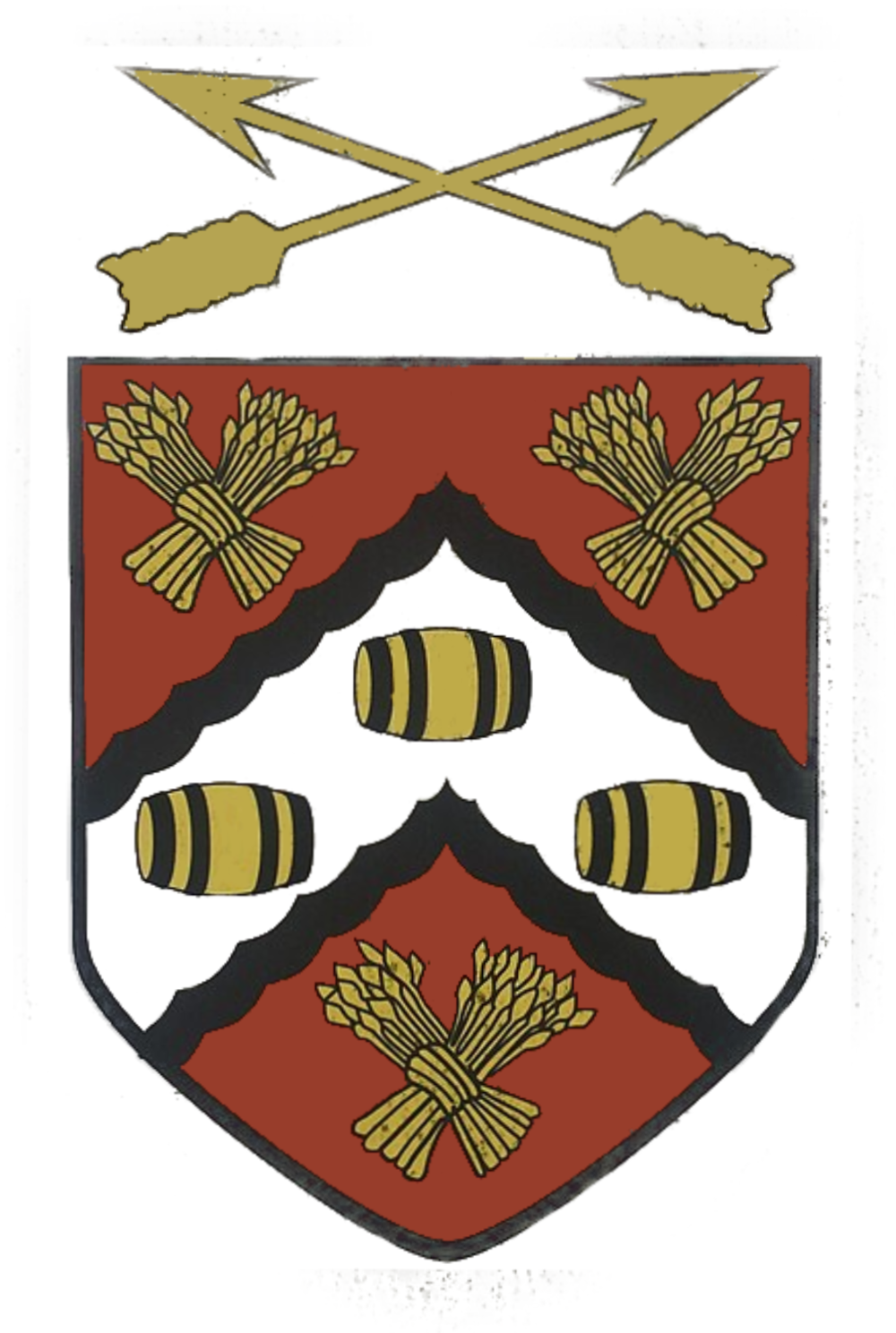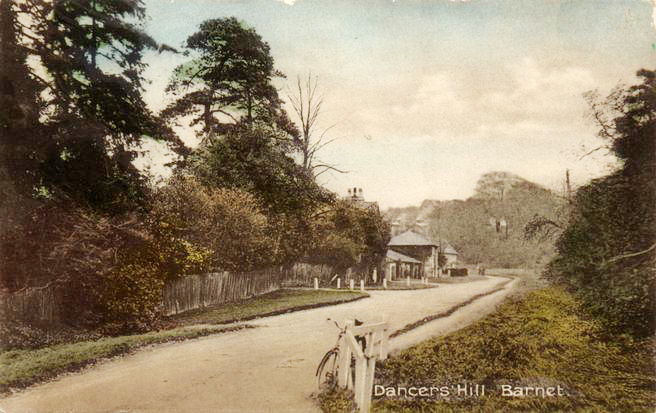Bentley Heath Pond
Lake, Pool, Pond, Freshwater Marsh in Middlesex Hertsmere
England
Bentley Heath Pond
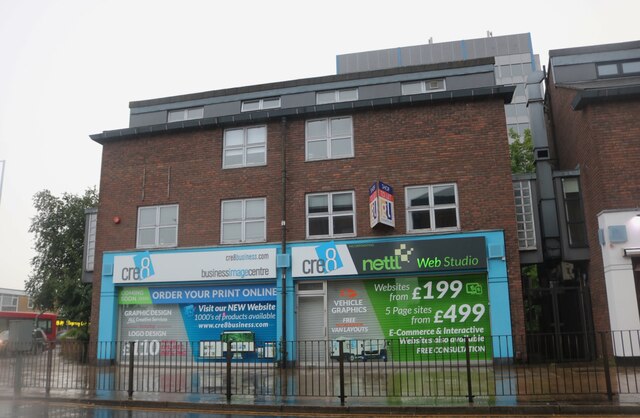
Bentley Heath Pond, located in Middlesex, is a picturesque freshwater body that serves as a prominent natural attraction in the area. Covering an area of approximately 4 acres, the pond offers a serene and tranquil environment for visitors to enjoy.
Surrounded by lush greenery and tall trees, Bentley Heath Pond provides a beautiful setting for nature enthusiasts and wildlife lovers alike. The pond is home to a diverse range of plant and animal species, making it an important ecosystem within the region. The presence of various aquatic plants, such as water lilies and reeds, adds to the aesthetic appeal of the pond.
Visitors can indulge in various recreational activities at Bentley Heath Pond. Fishing is a popular pastime, with the pond being well-stocked with a variety of fish species, including carp, roach, and perch. Anglers can cast their lines and enjoy a peaceful day of fishing amidst the natural beauty of the surroundings.
Additionally, Bentley Heath Pond offers opportunities for birdwatching, as it attracts a wide array of avian species throughout the year. Ducks, swans, and herons are commonly spotted in and around the pond, making it a haven for bird enthusiasts.
The pond is easily accessible, with well-maintained pathways and seating areas for visitors. It also features a small picnic area, where families and friends can gather for a leisurely outdoor meal while embracing the tranquil ambiance of the surroundings.
Overall, Bentley Heath Pond in Middlesex is a captivating natural haven, offering a delightful escape from the hustle and bustle of everyday life.
If you have any feedback on the listing, please let us know in the comments section below.
Bentley Heath Pond Images
Images are sourced within 2km of 51.680813/-0.19471375 or Grid Reference TQ2499. Thanks to Geograph Open Source API. All images are credited.
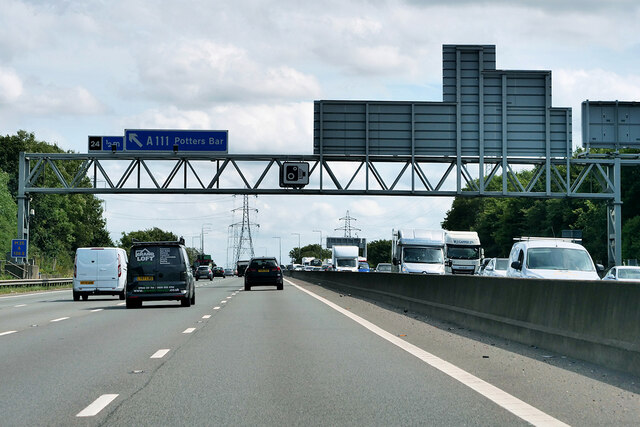
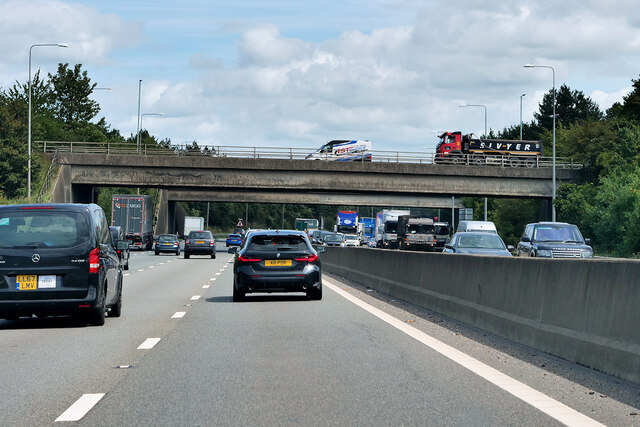
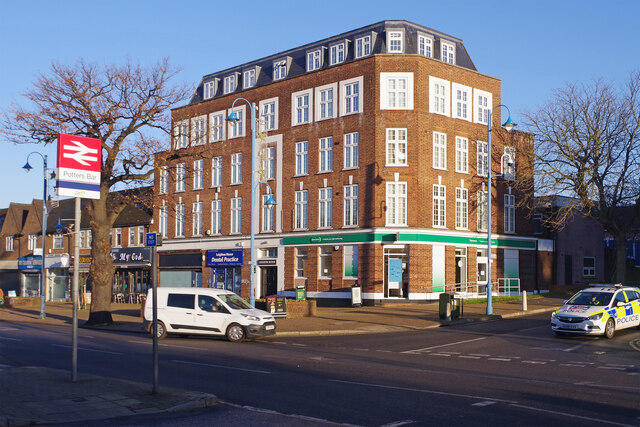
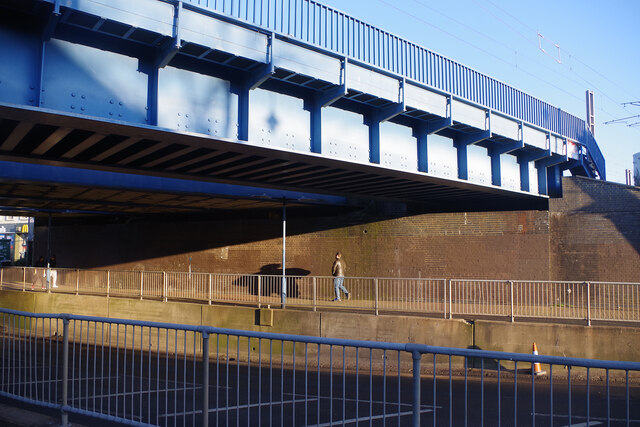
Bentley Heath Pond is located at Grid Ref: TQ2499 (Lat: 51.680813, Lng: -0.19471375)
Administrative County: Hertfordshire
District: Hertsmere
Police Authority: Hertfordshire
What 3 Words
///closer.things.wide. Near Potters Bar, Hertfordshire
Nearby Locations
Related Wikis
Bentley Heath, Hertfordshire
Bentley Heath is a hamlet in Hertfordshire, England, between Chipping Barnet and Potters Bar. It is on the north edge of the Wrotham Park estate with which...
Wrotham Park
Wrotham Park (pronounced , ROO-təm) is a neo-Palladian English country house in the parish of South Mimms, Hertfordshire. It lies south of the town of...
Potters Bar Urban District
Potters Bar Urban District was a local government district in England from 1894 to 1974, covering the town of Potters Bar and the village of South Mimms...
Ganwick House
Ganwick House is a late-18th-century house in Wagon Road, Ganwick Corner (Gannic Corner), near Chipping Barnet, England. As of 2018, it was in use as a...
M16 motorway
The M16 motorway was the designation planned in the late 1960s and early 1970s for use on Ringway 3, a new motorway planned as part of the London Ringways...
Dame Alice Owen's School
Dame Alice Owen's School (DAOS, or simply Dame Alice Owen's or Owen's) is an 11–18 mixed, partially selective secondary school and sixth form with academy...
Dancers Hill House
Dancers Hill House is a Grade II listed house in Dancers Hill, Hertfordshire, England. The current house dates from c. 1750–1760, with later additions...
Dancers Hill
Dancers Hill is located in Hertfordshire, England, immediately south of the route of the M25 motorway. It was formerly in the historic county of Middlesex...
Related Videos
Walking Alone | Heart and Soul Rock | Melody | Heart Chakra | Binaural Beats
Please enjoy this relaxing Rock music melody with Binaural beats frequency 639 Hz Theta for your Heart Chakra. The track ...
Nearby Amenities
Located within 500m of 51.680813,-0.19471375Have you been to Bentley Heath Pond?
Leave your review of Bentley Heath Pond below (or comments, questions and feedback).
